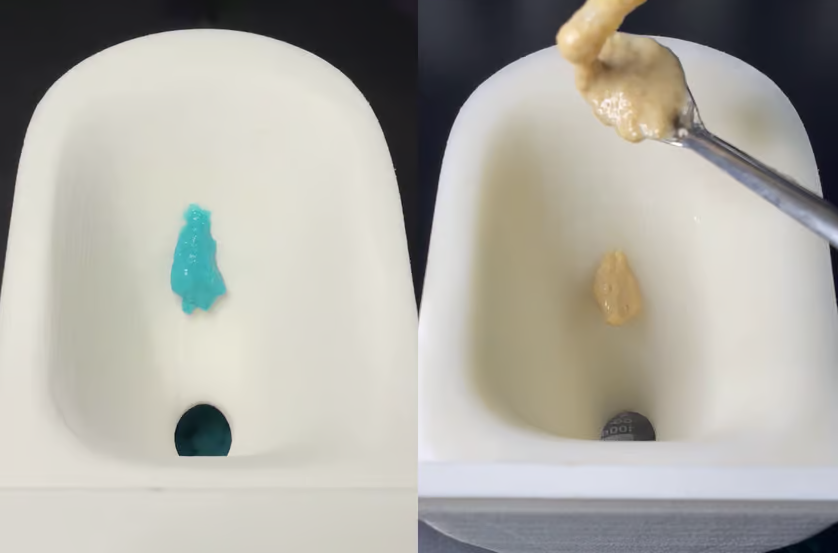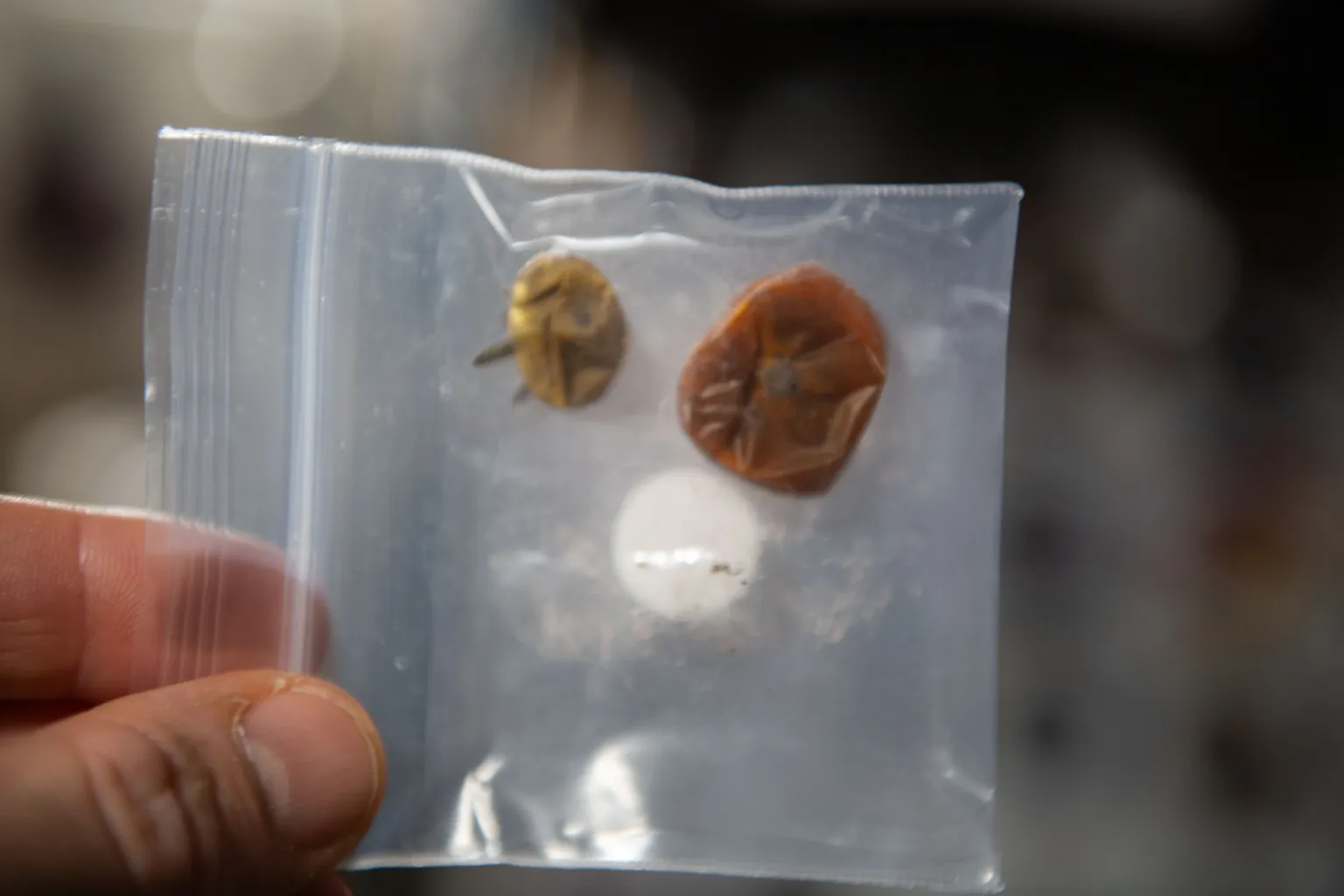Groundbreaking Advancement in Microscopy
Researchers at the University of Arizona have made a groundbreaking advancement in the field of microscopy. Their innovative technique enables them to capture the movement of electrons—fundamental particles that carry electric charge—in unprecedented detail.
Visualizing the Subatomic Realm
The subatomic realm is difficult to visualize not only because of its incredibly small scale but also due to the extreme speed of its events. Therefore, to overcome this challenge, physicists at the University of Arizona have developed the world’s fastest electron microscope, capable of capturing events occurring within just a quintillionth of a second.
A Leap in Speed and Precision
The speed of this microscope is key to their achievement. By capturing images at an astonishing rate, the researchers were able to observe electrons in real-time, revealing intricate patterns and behaviors that were previously hidden. Moreover, this breakthrough has significant implications for various scientific fields, including materials science, chemistry, and physics.
Implications for Future Research
The ability to visualize electron motion opens up new possibilities for research. Scientists can now study the properties of materials at the atomic level, gaining insights into their conductivity, magnetism, and other essential characteristics. This knowledge can be applied to develop new technologies, such as more efficient batteries and advanced electronic devices.
A New Era in Scientific Exploration
In conclusion, the University of Arizona’s development of a world-record-breaking microscope represents a significant leap forward in scientific research. By capturing electron motion in stunning detail, this technology has the potential to revolutionize our understanding of matter and drive innovation across various fields.







